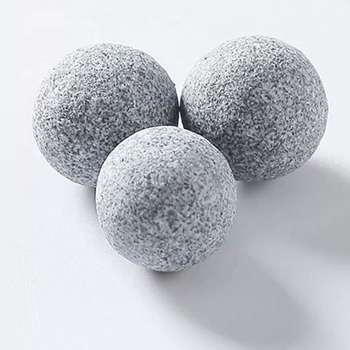
fly ash use
The Use of Fly Ash in Modern Construction
Fly ash, a byproduct of coal combustion in power plants, has emerged as a vital material in the building industry due to its numerous environmental and economic benefits. This fine, powdery substance, primarily composed of silica, alumina, and iron, plays a significant role in enhancing the properties of concrete and other construction materials.
The Use of Fly Ash in Modern Construction
Furthermore, fly ash contributes to sustainability in construction. By substituting traditional materials with fly ash, the carbon footprint associated with cement production can be significantly reduced. Cement manufacturing is a major contributor to greenhouse gas emissions, accounting for approximately 8% of global CO2 emissions. Utilizing fly ash not only minimizes waste by repurposing a byproduct that would otherwise occupy landfill space, but it also conserves natural resources, as less cement is required for construction projects.
fly ash use

Cost savings are another notable benefit of incorporating fly ash into construction practices. The lower density of fly ash reduces the overall weight of concrete, which can lead to decreased transportation costs and lighter structural elements. Additionally, the use of fly ash can lower material costs by reducing the quantity of more expensive Portland cement needed, making construction projects more economically viable.
Moreover, the versatility of fly ash extends beyond concrete. It is increasingly being used in soil stabilization, road construction, and the production of lightweight bricks and tiles. Its pozzolanic properties make it an excellent choice for enhancing the mechanical and durability characteristics of various building materials.
Despite its advantages, the use of fly ash is not without challenges. Variations in composition can affect performance, and there are ongoing concerns regarding the presence of unburned carbon and heavy metals. Thus, stringent quality control measures and proper testing are essential to ensure that the fly ash used meets the necessary standards for construction.
In conclusion, the utilization of fly ash in modern construction is a testament to the industry's shift toward sustainability and innovation. As more construction professionals recognize its benefits, fly ash will undoubtedly play a crucial role in shaping a more environmentally friendly and economically sound future for the building sector.
Share
-
Premium Pigment Supplier Custom Solutions & Bulk OrdersNewsMay.30,2025
-
Top China Slag Fly Ash Manufacturer OEM Factory SolutionsNewsMay.30,2025
-
Natural Lava Rock & Pumice for Landscaping Durable Volcanic SolutionsNewsMay.30,2025
-
Custom Micro Silica Fume Powder Manufacturers High-Purity SolutionsNewsMay.29,2025
-
Custom Mica Powder Pigment Manufacturers Vibrant Colors & Bulk OrdersNewsMay.29,2025
-
Custom Micro Silica Fume Powder Manufacturers Premium QualityNewsMay.29,2025






